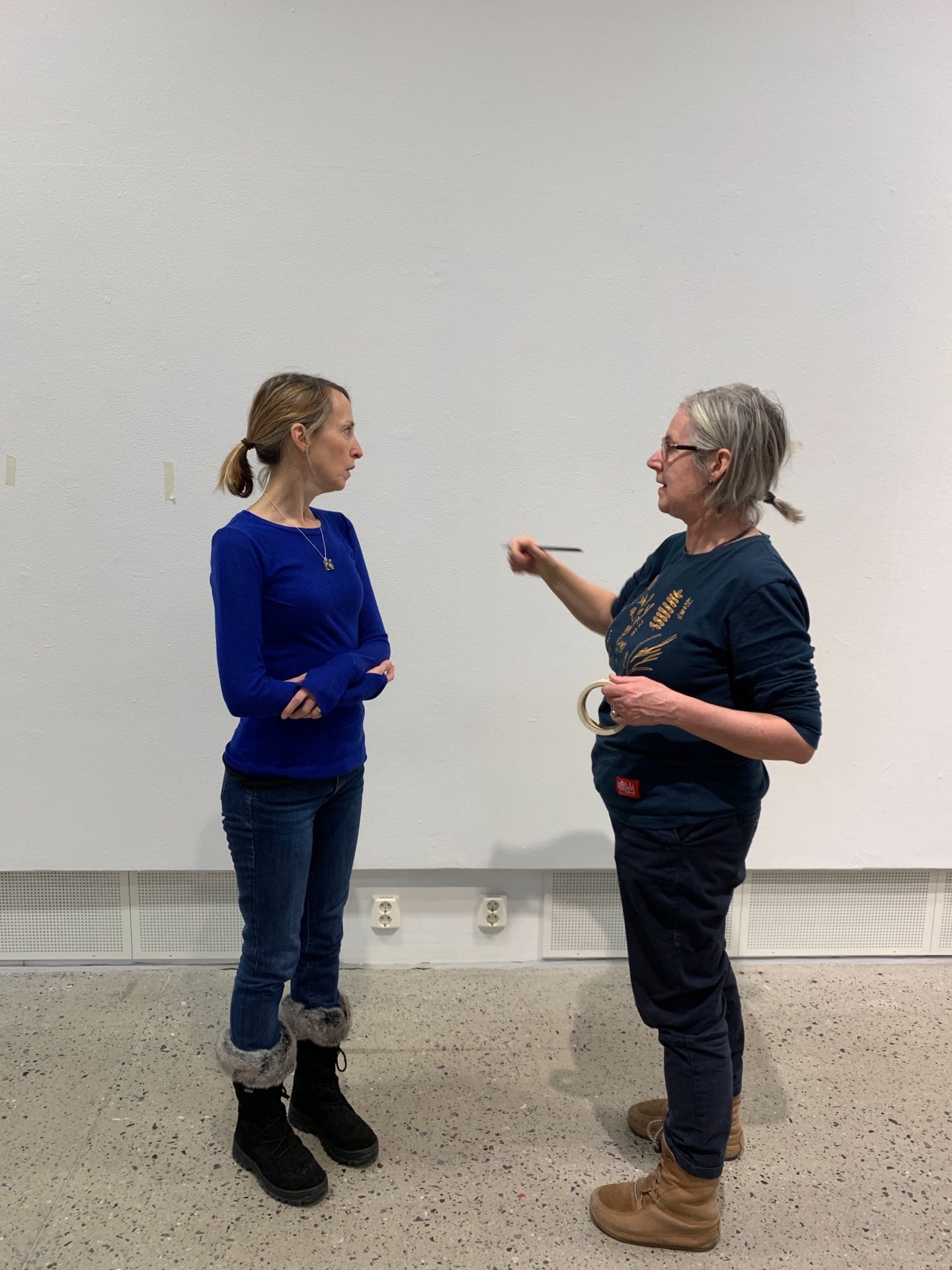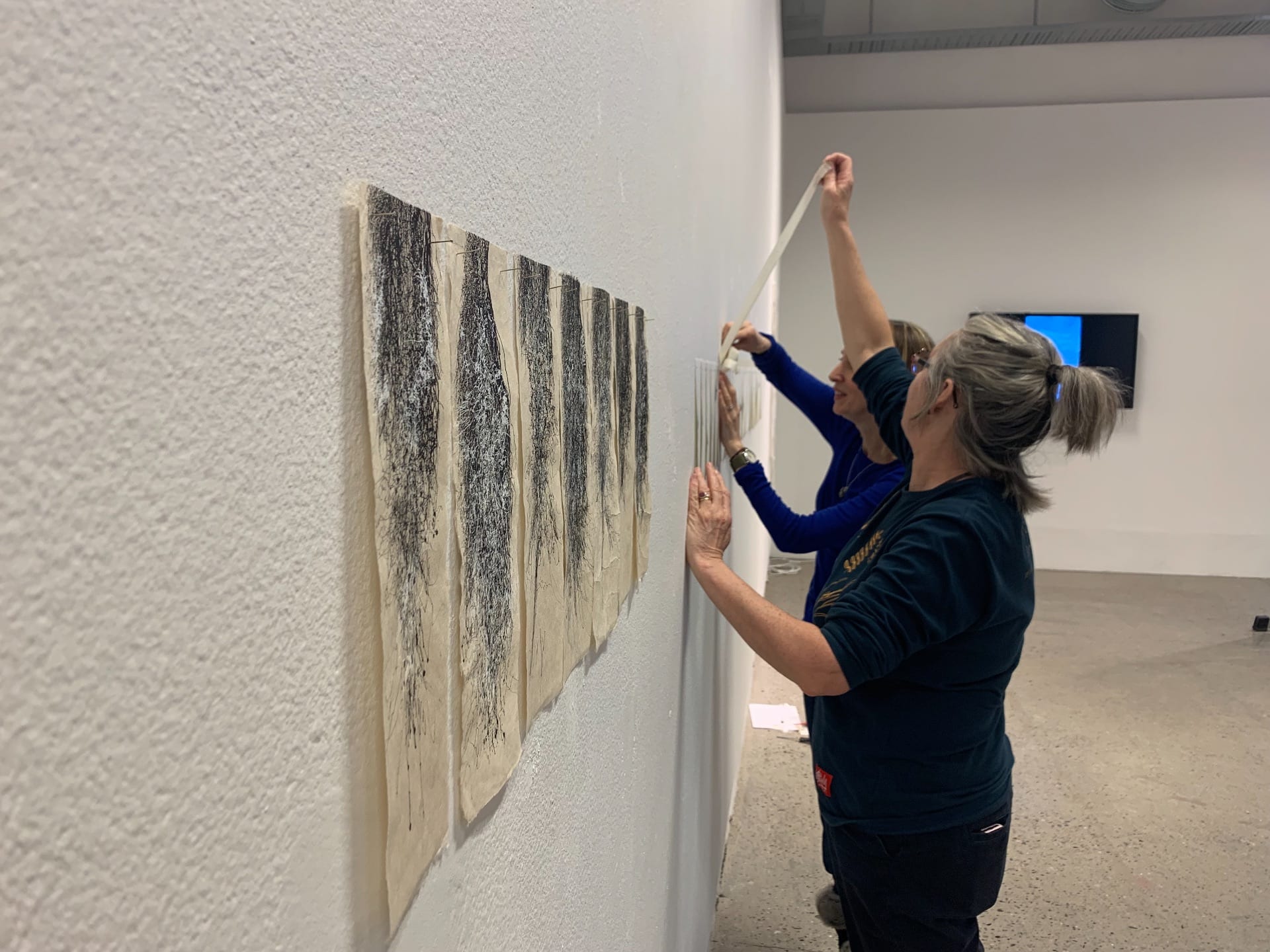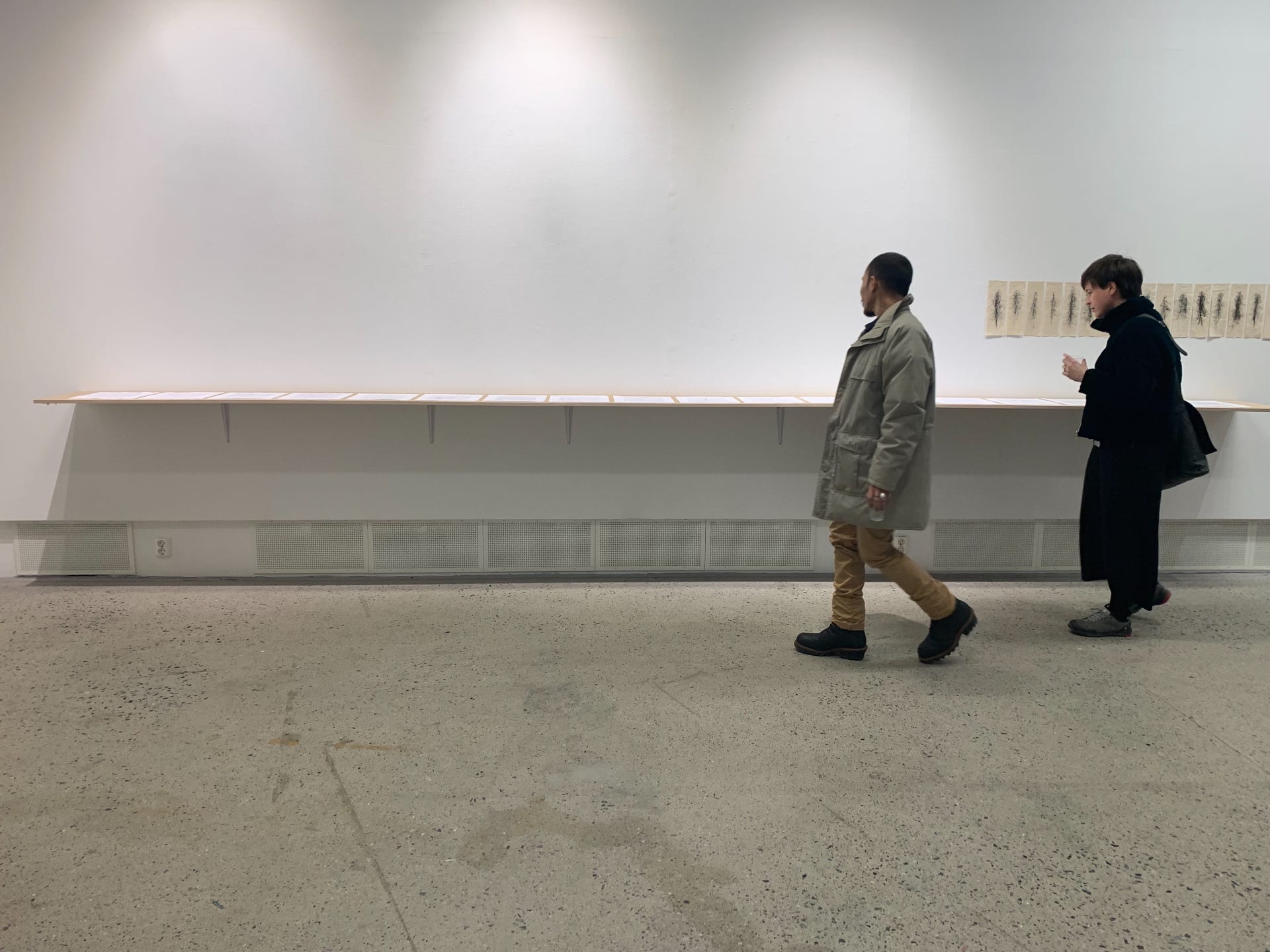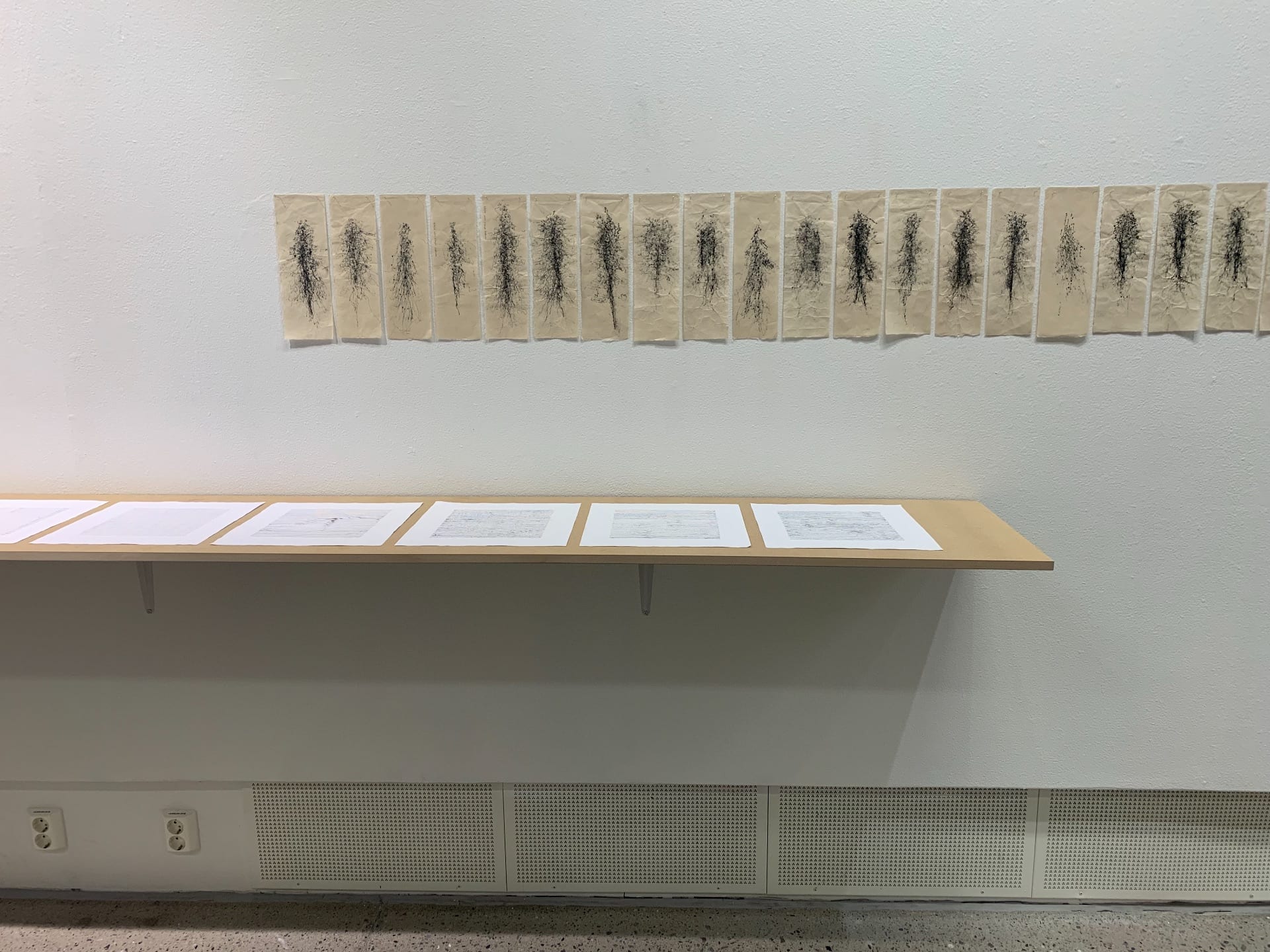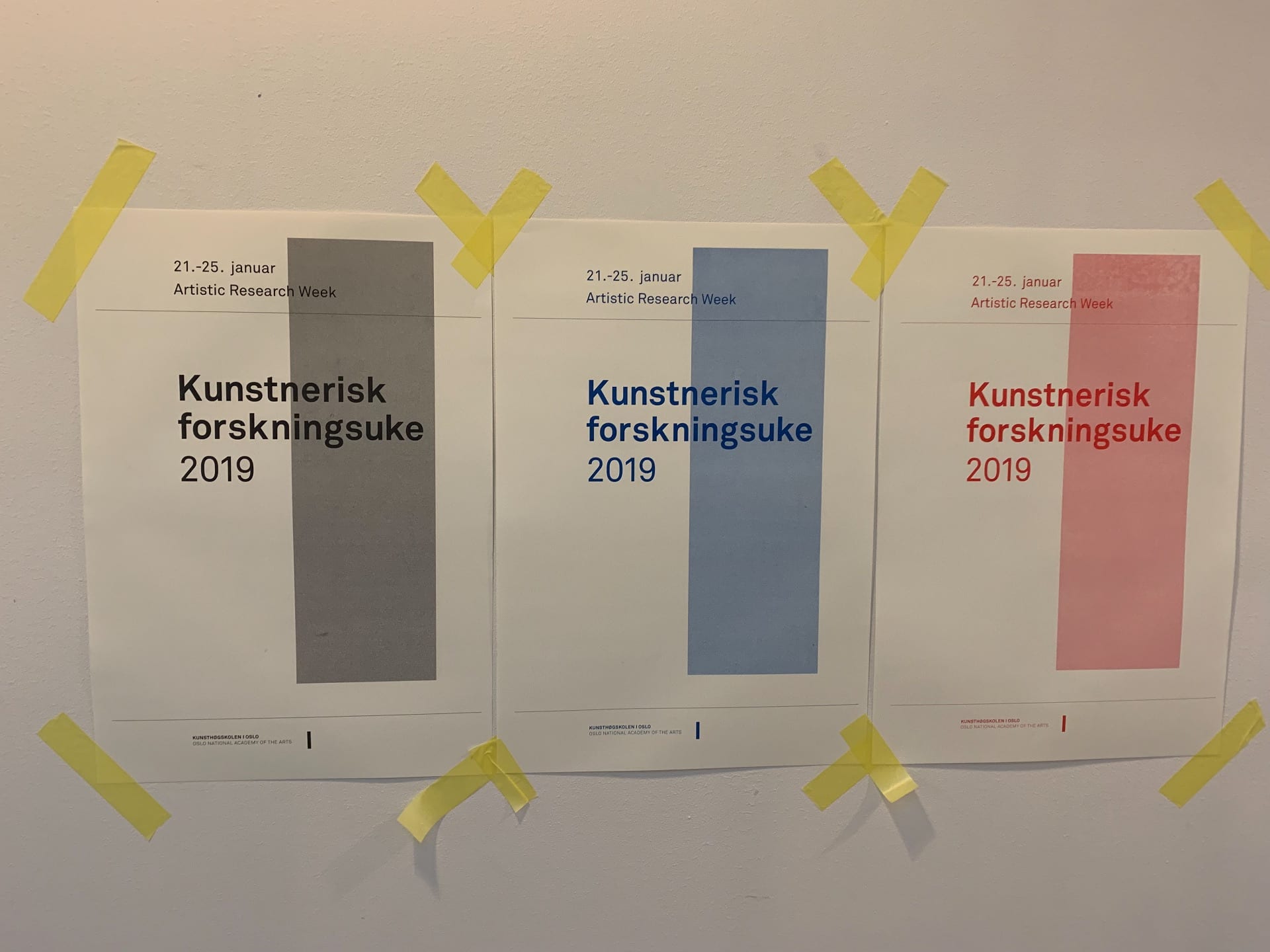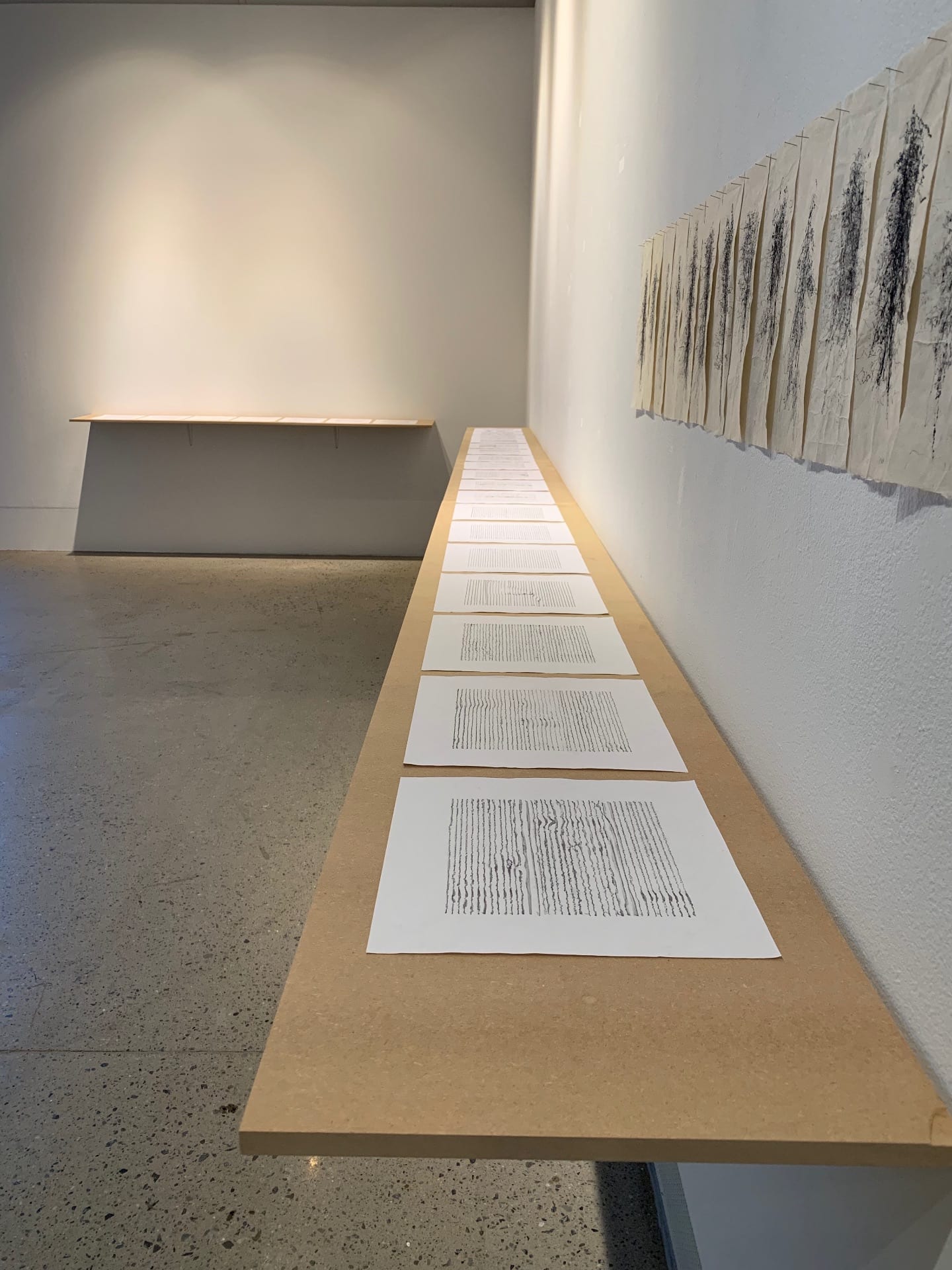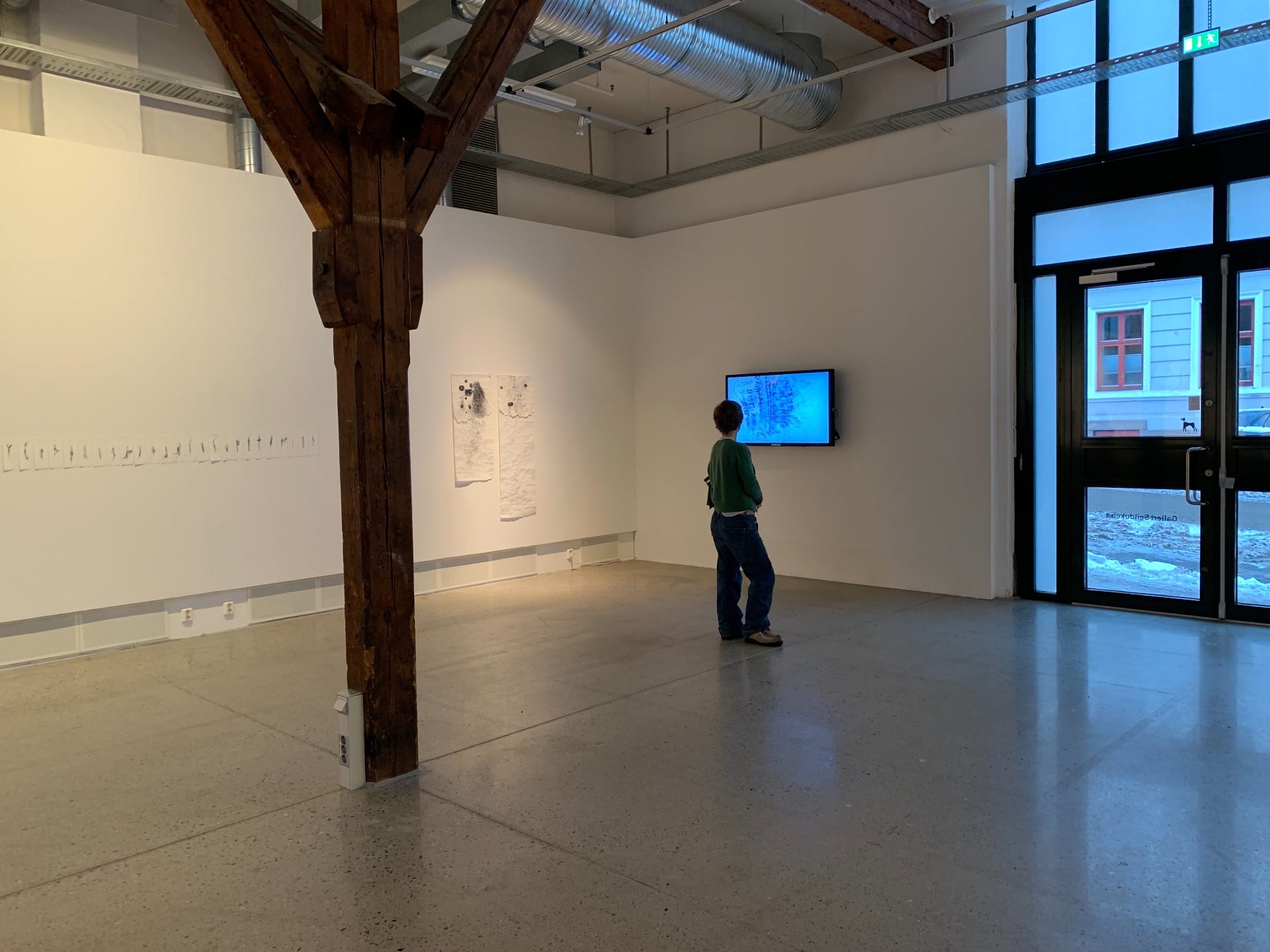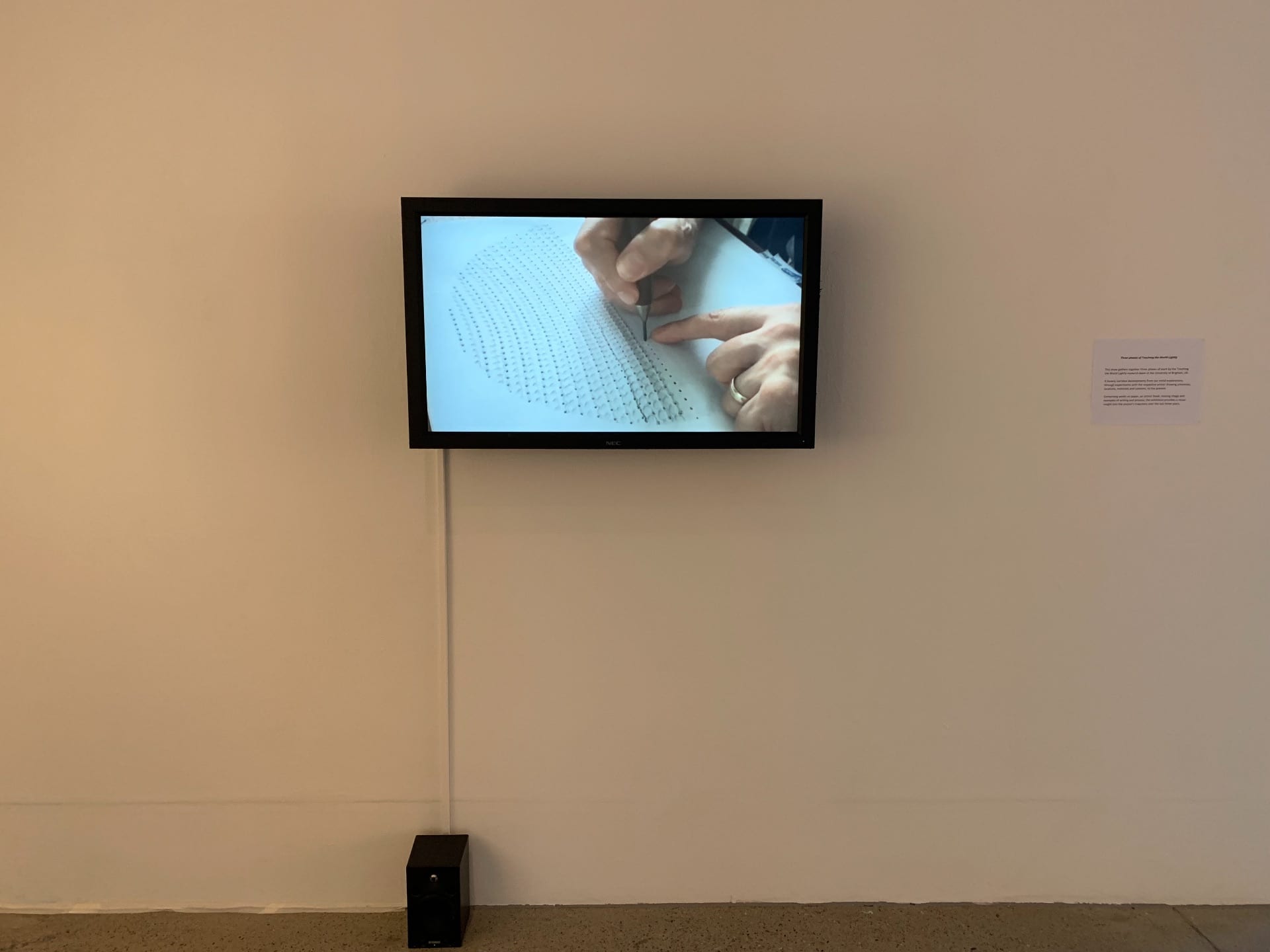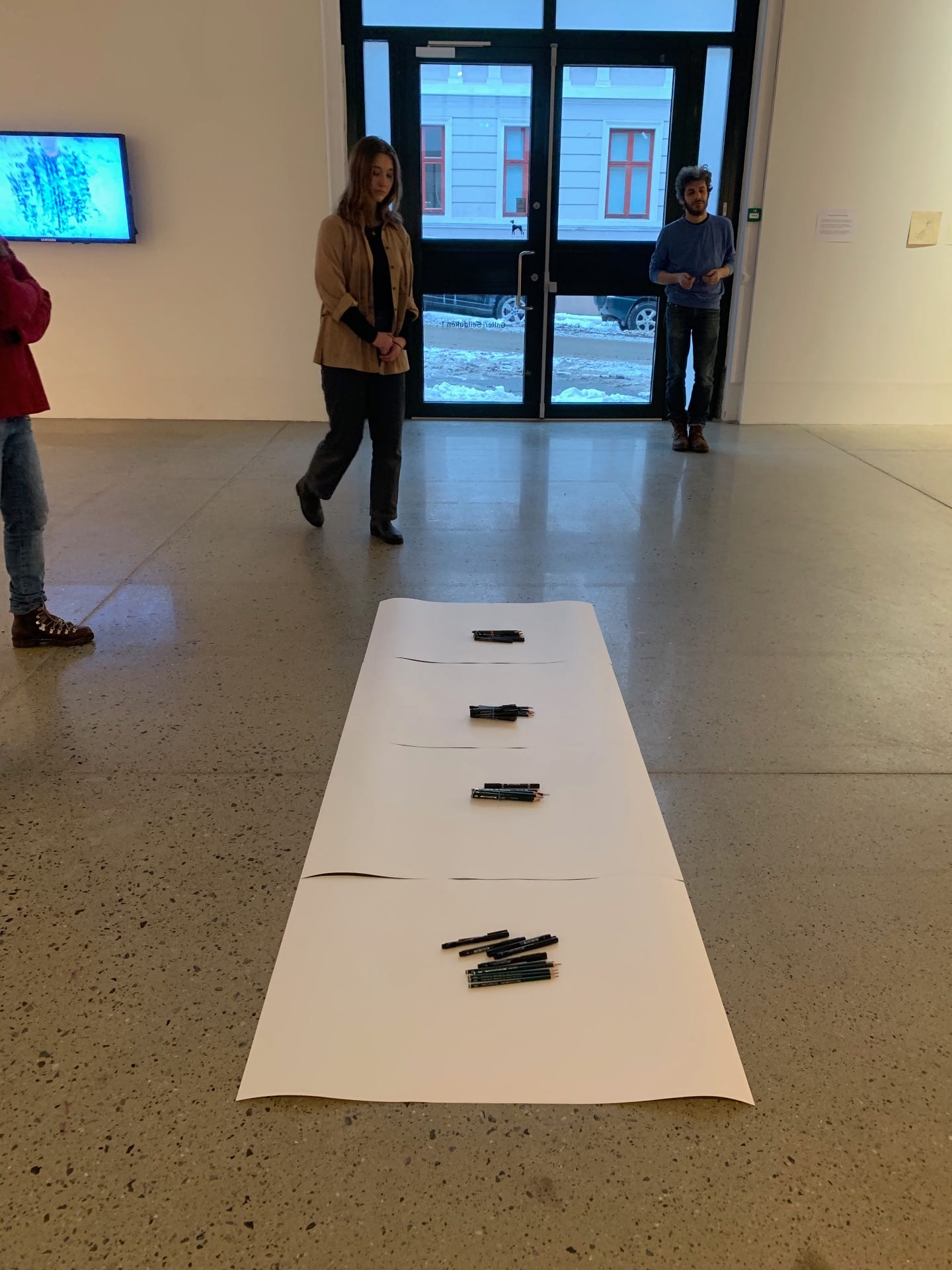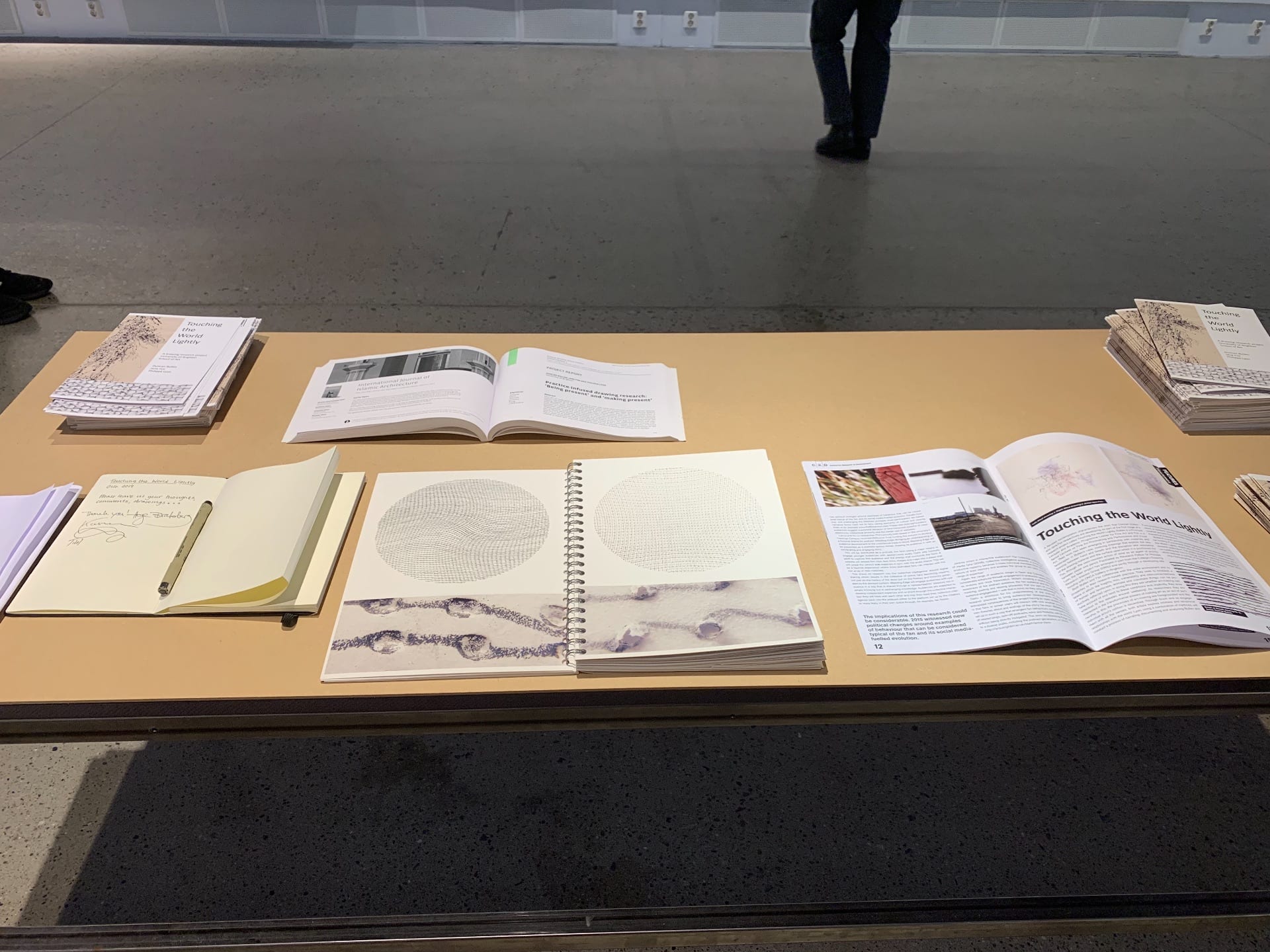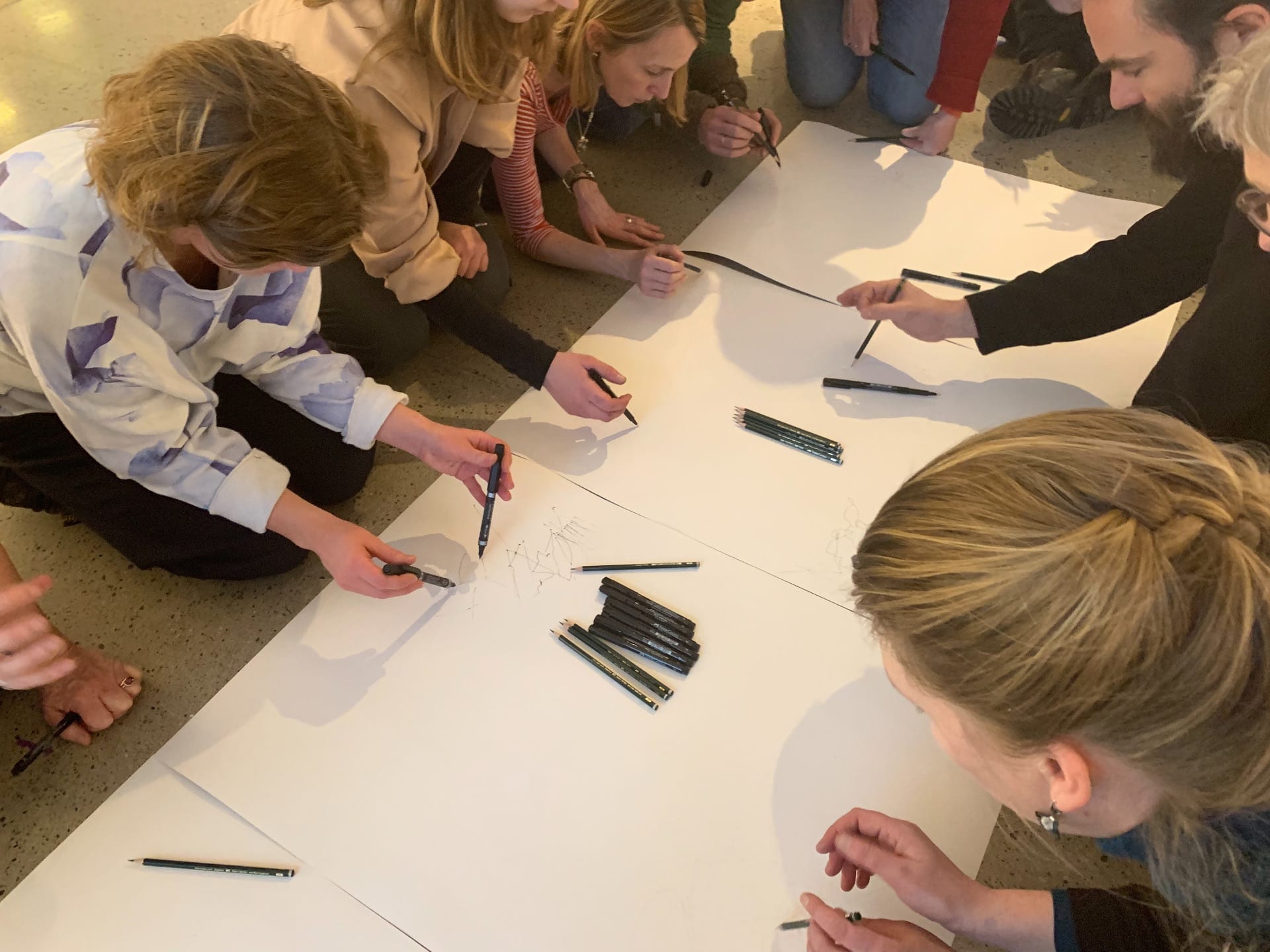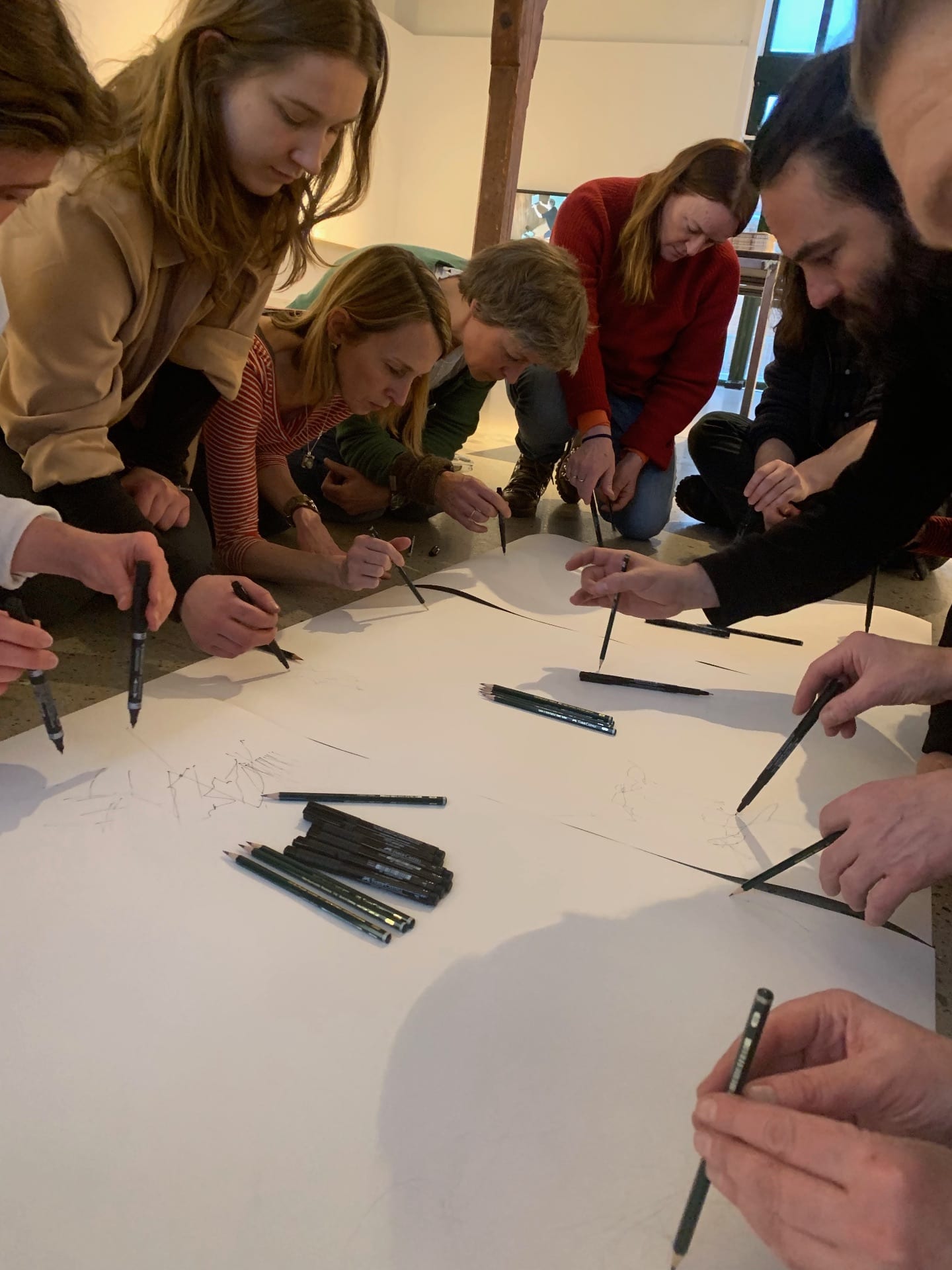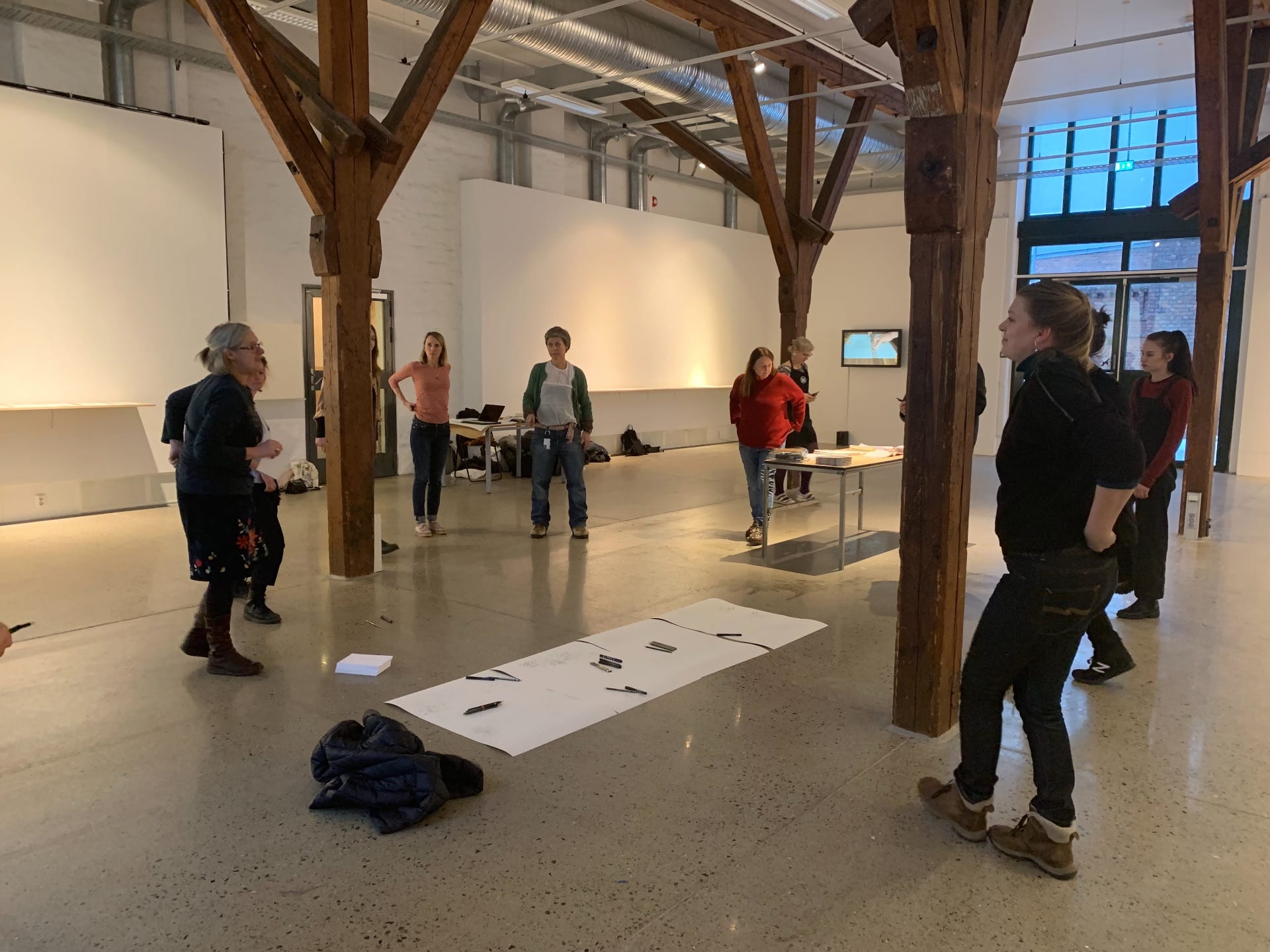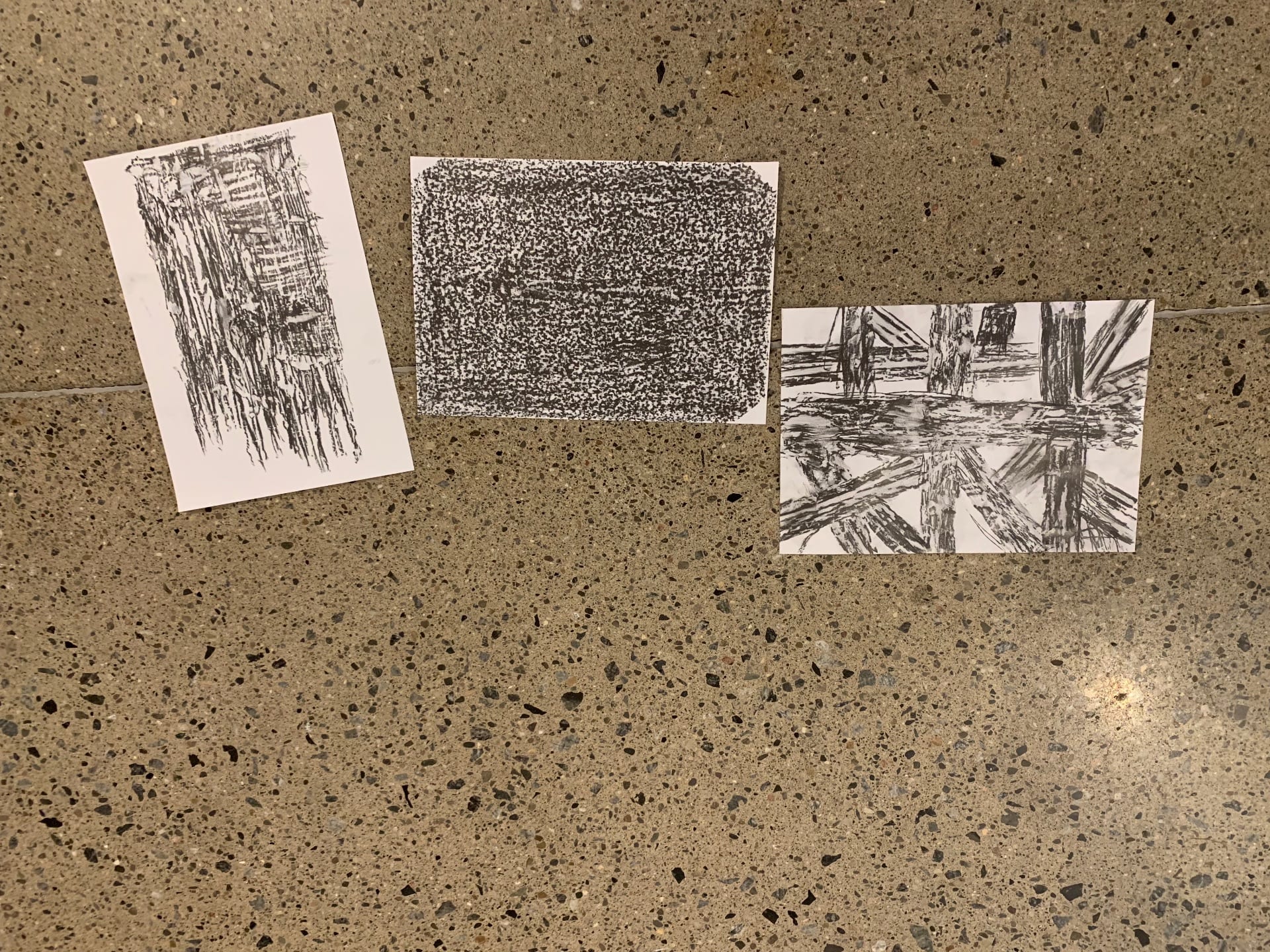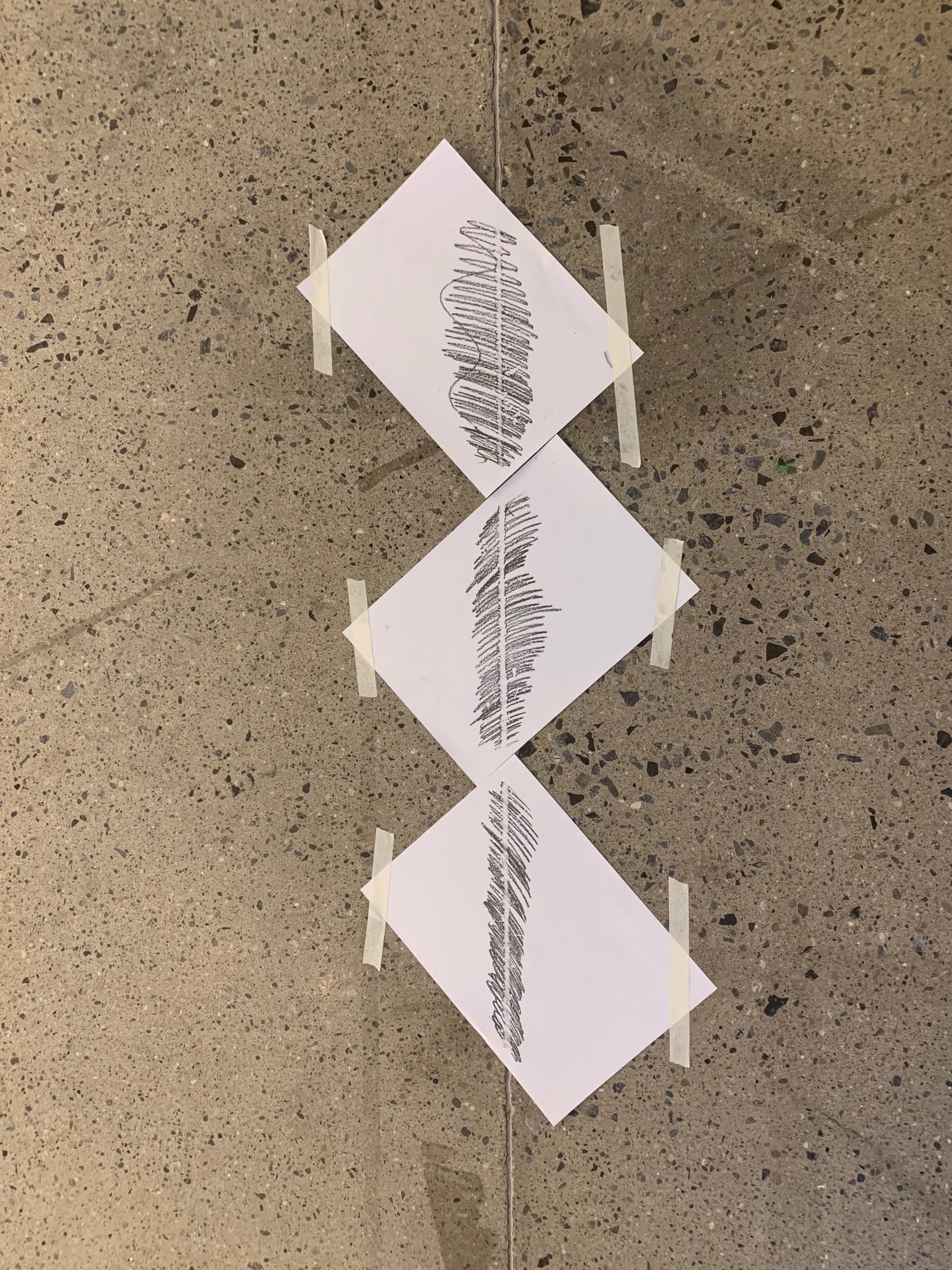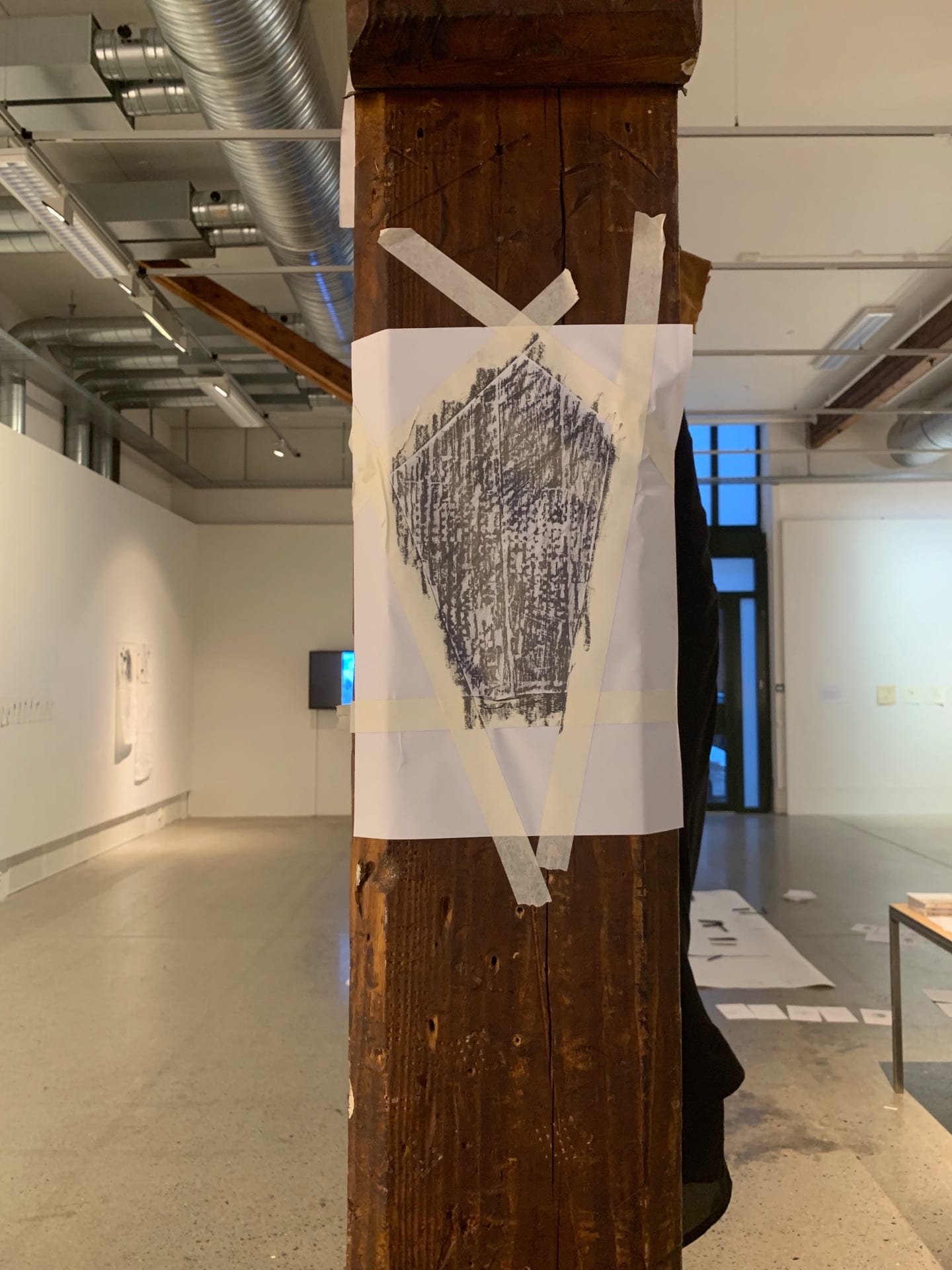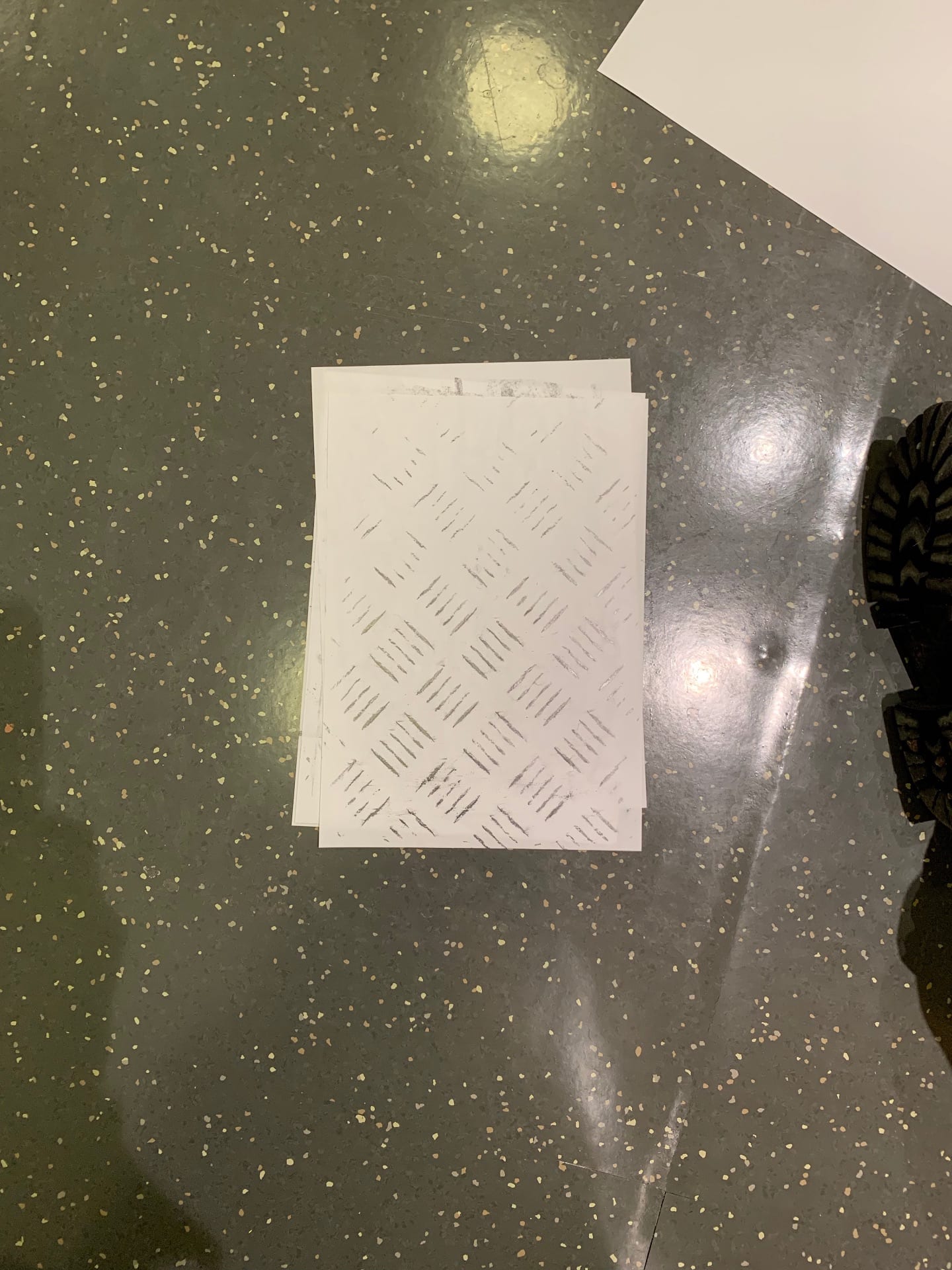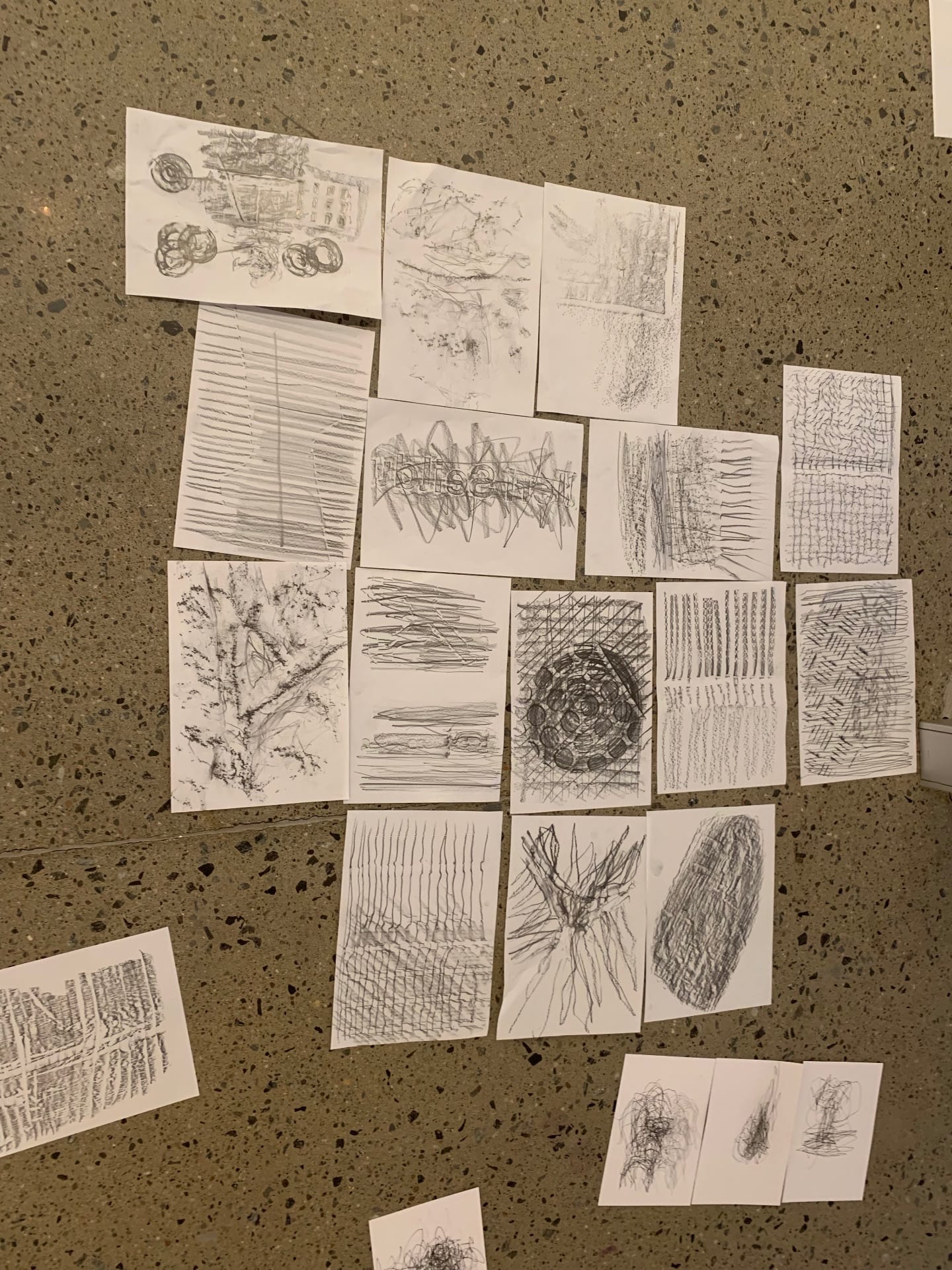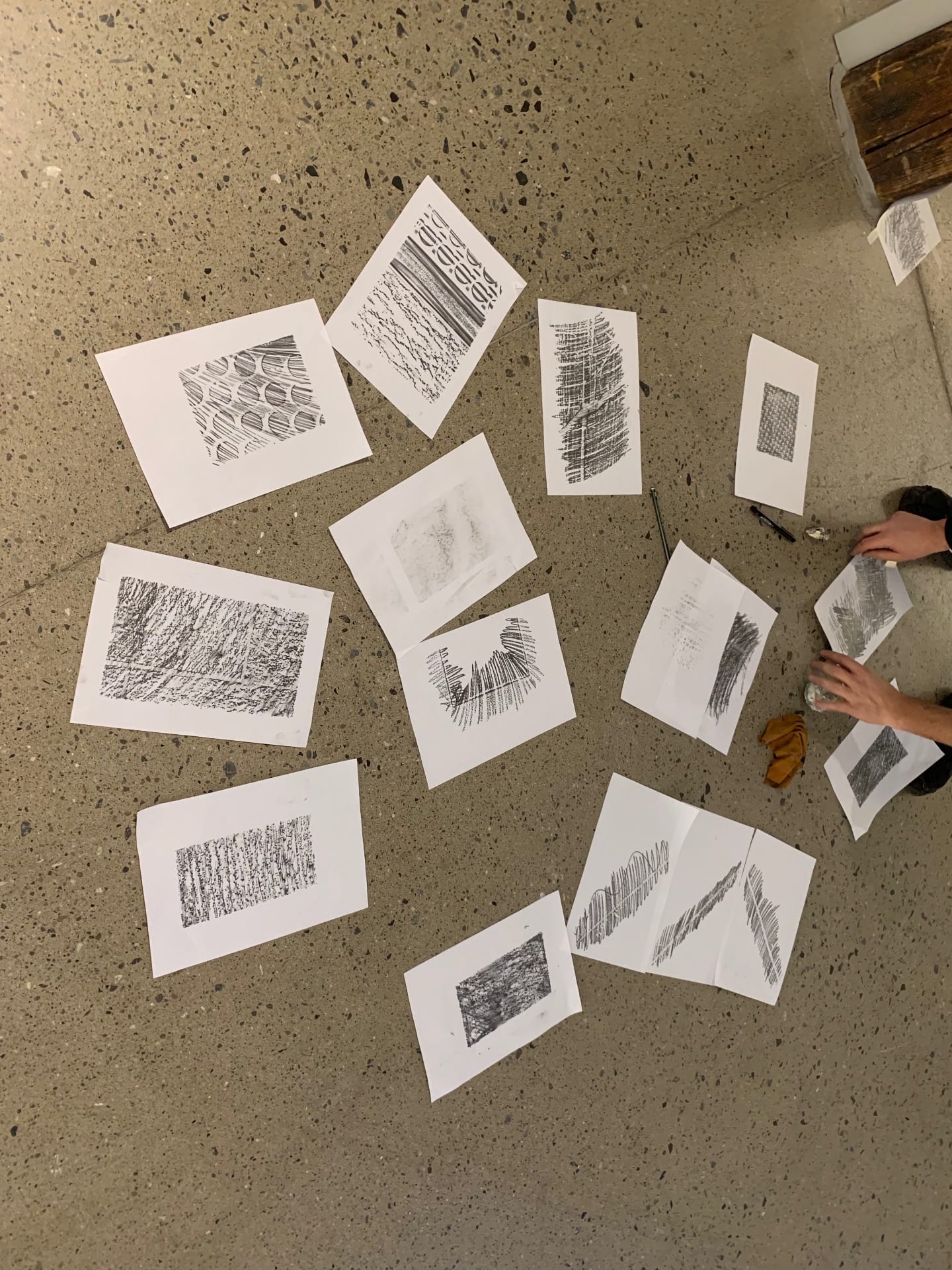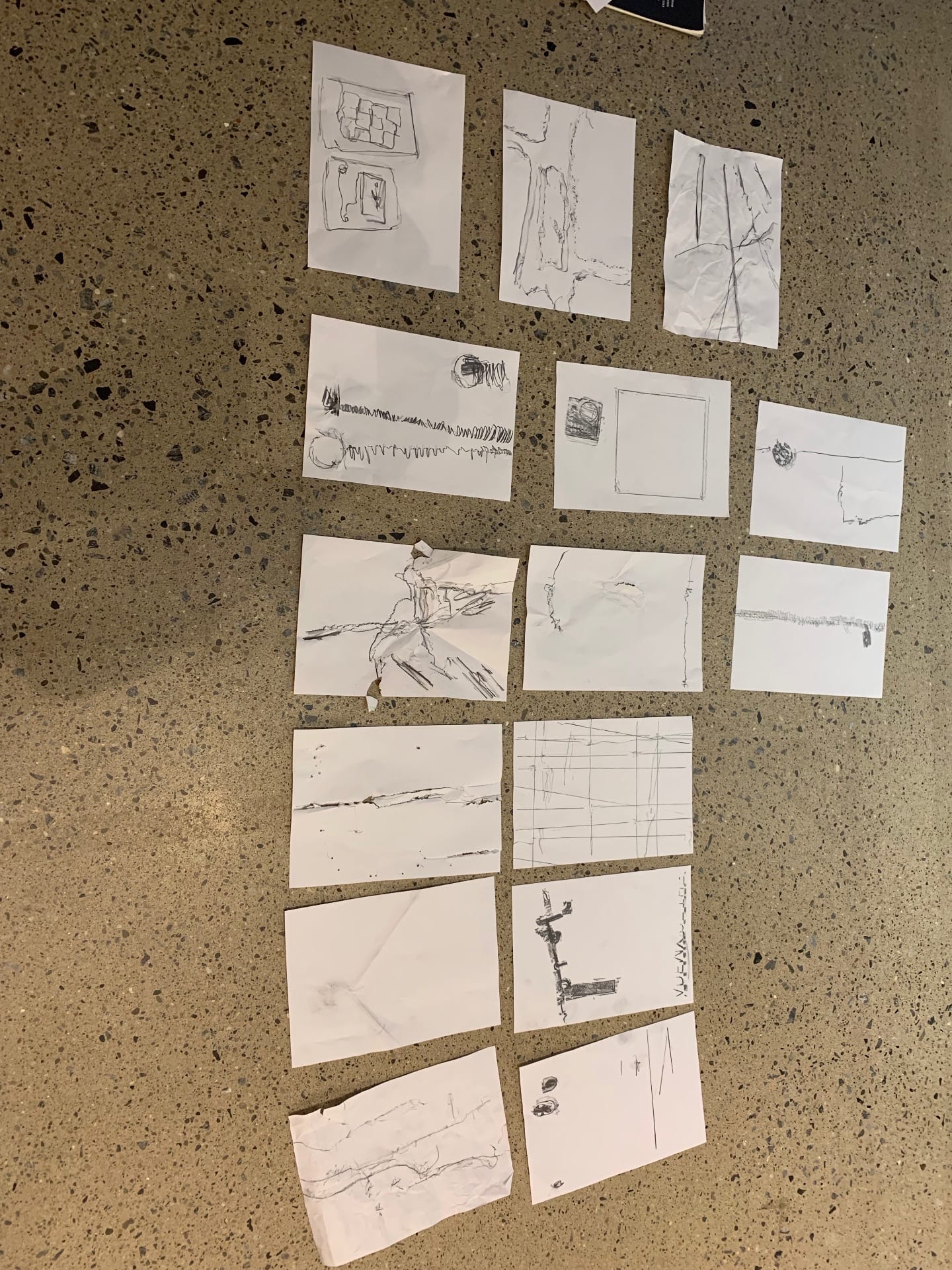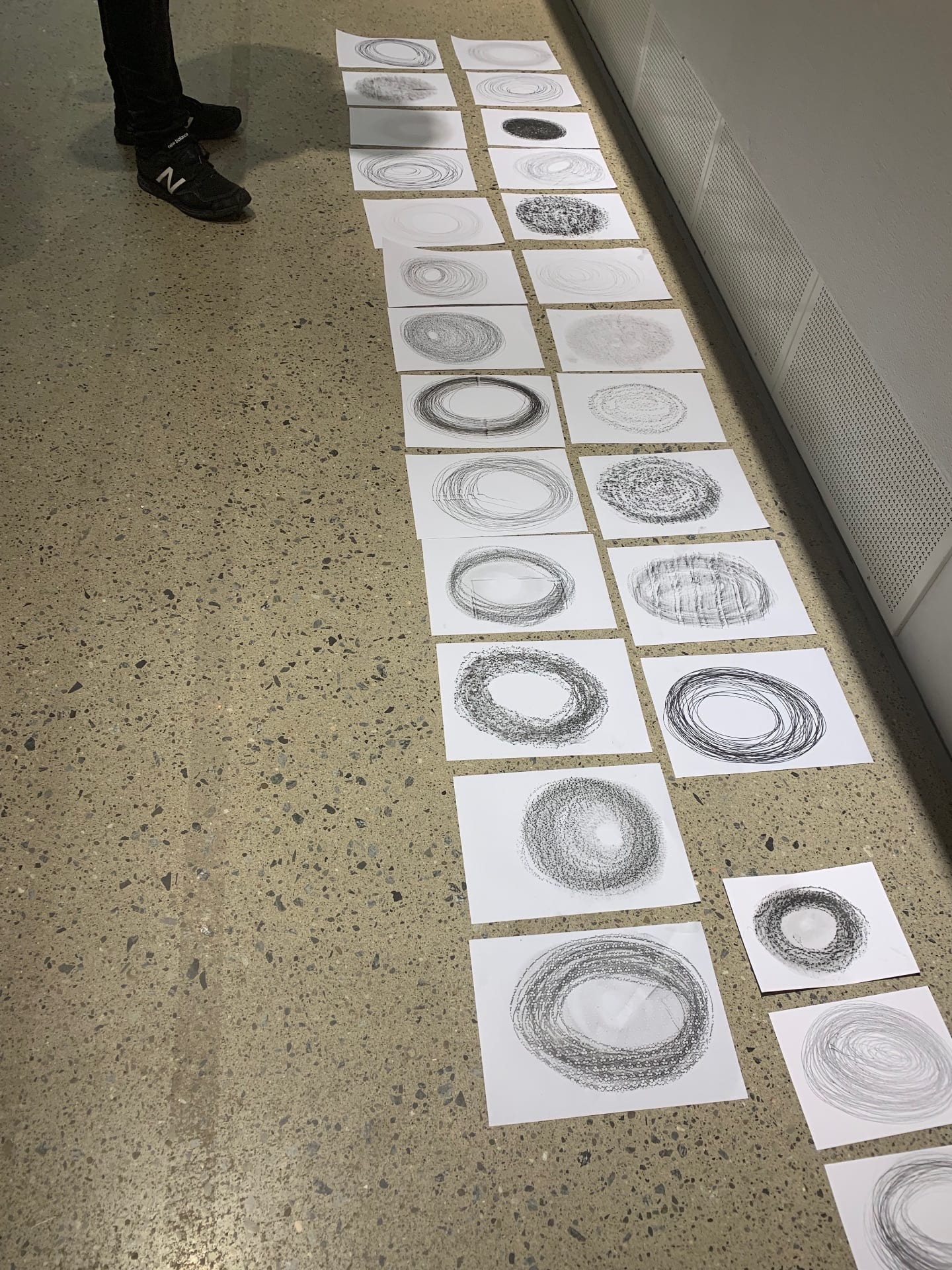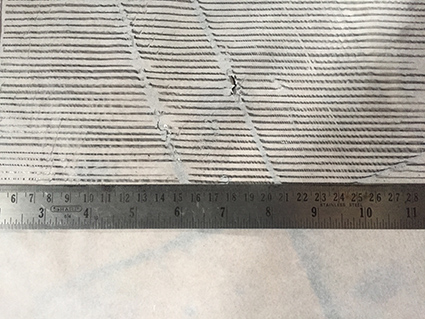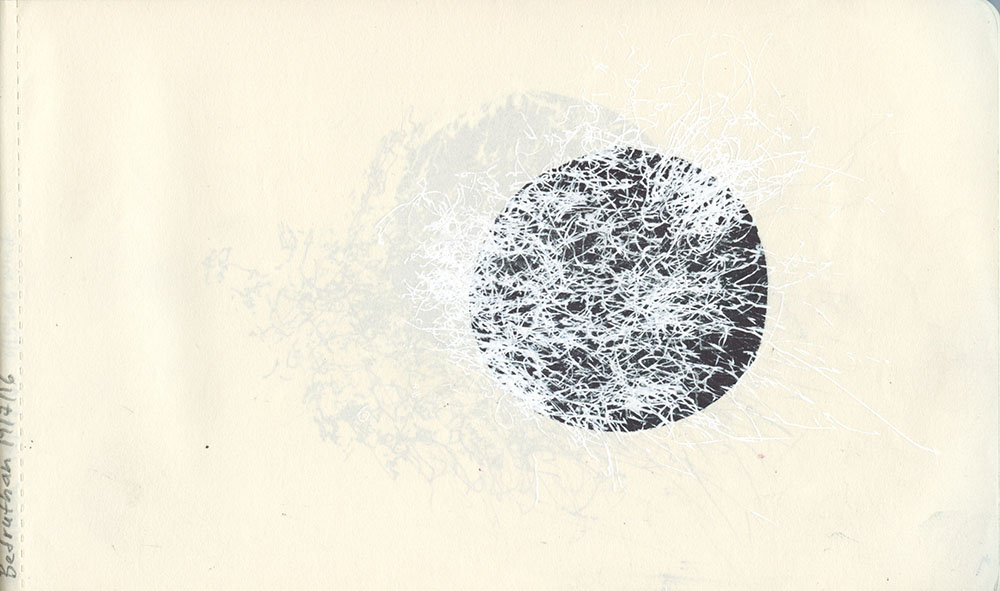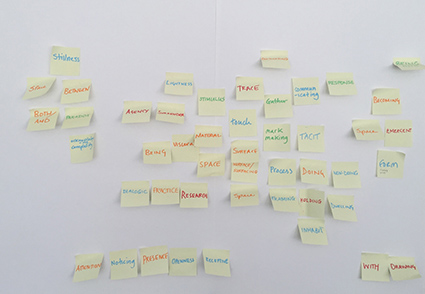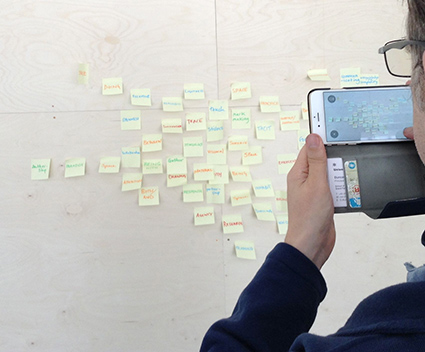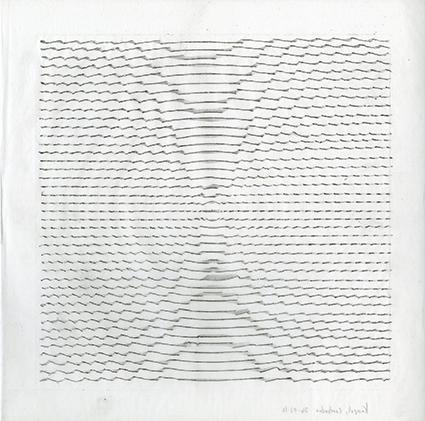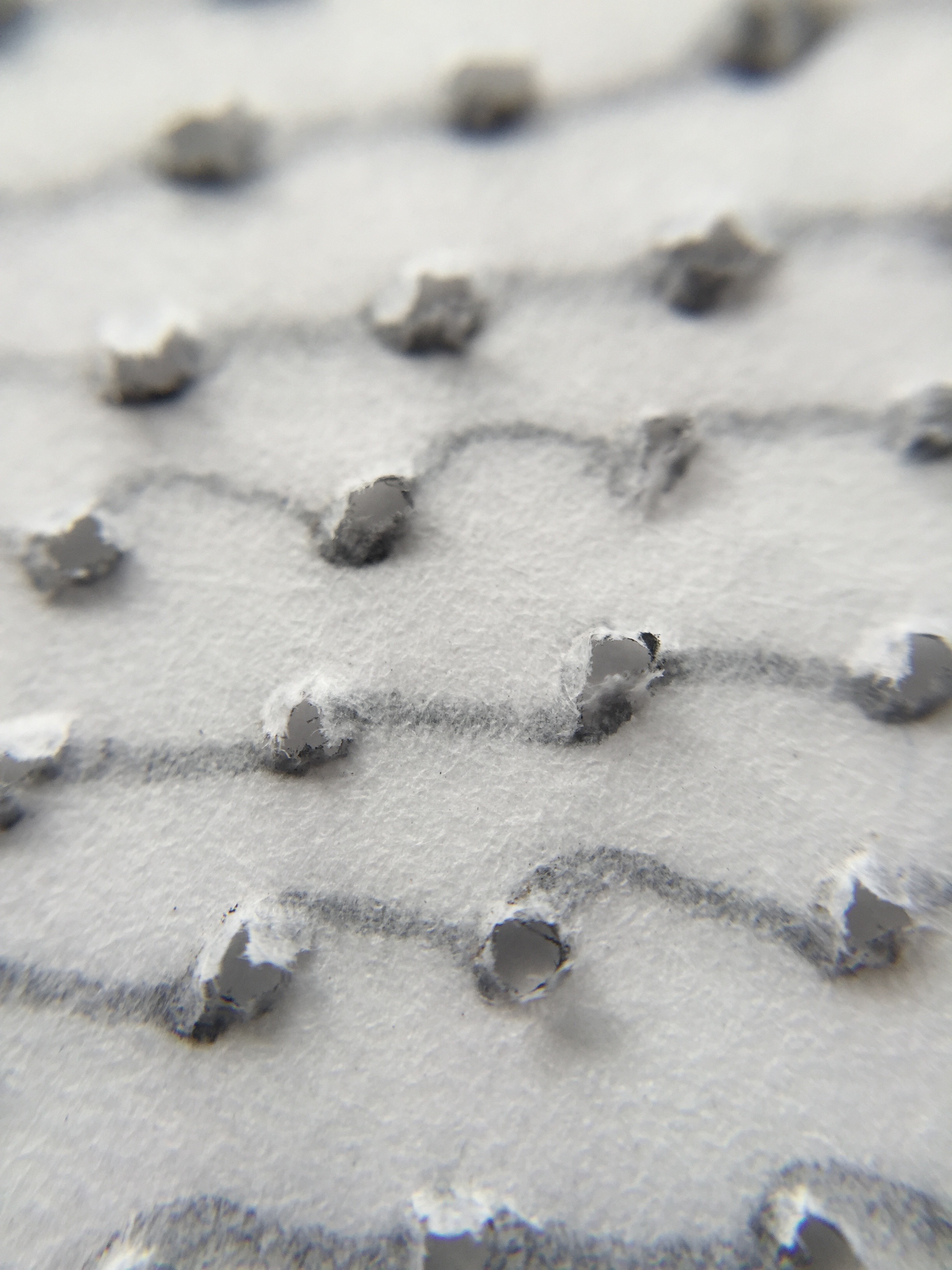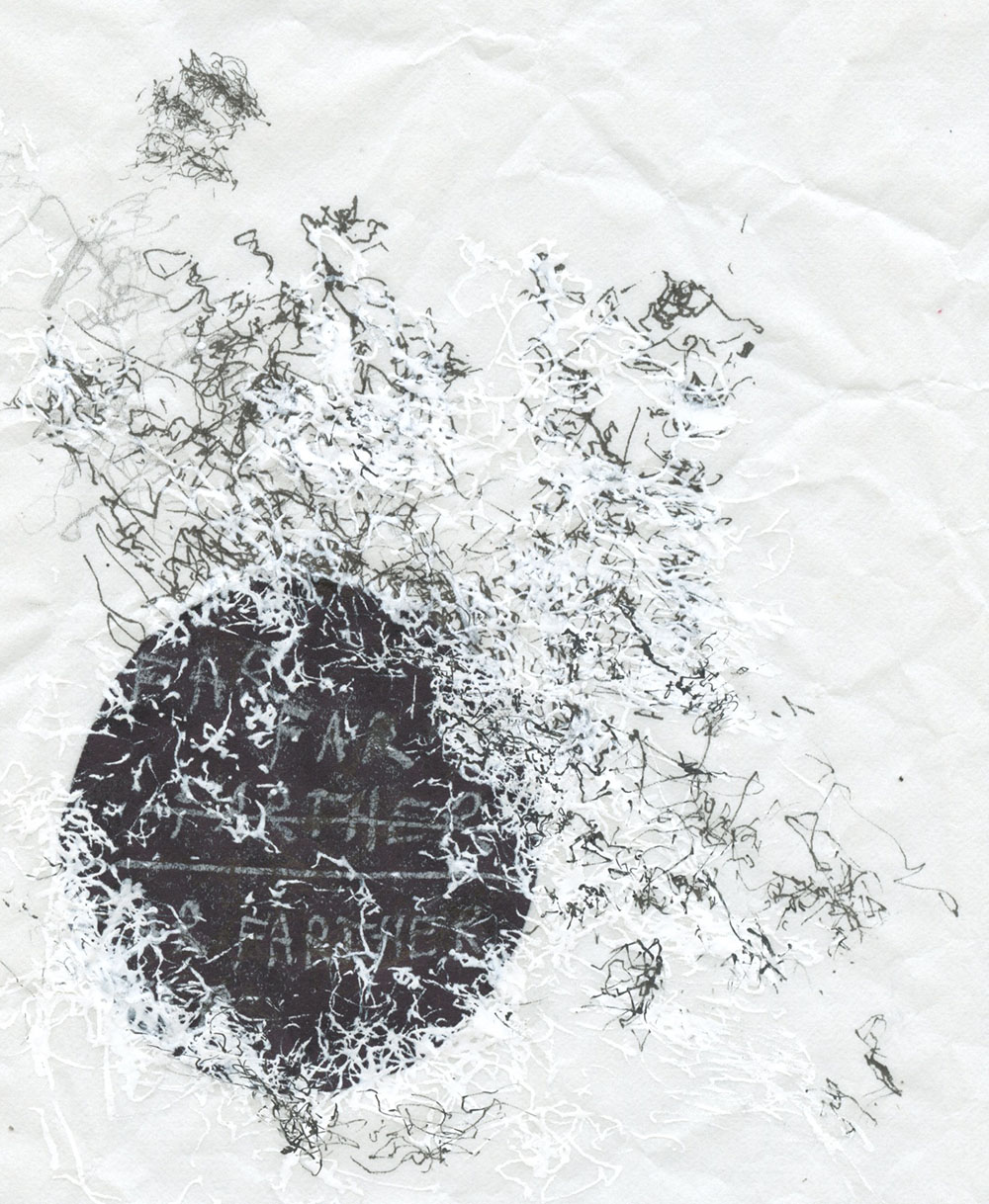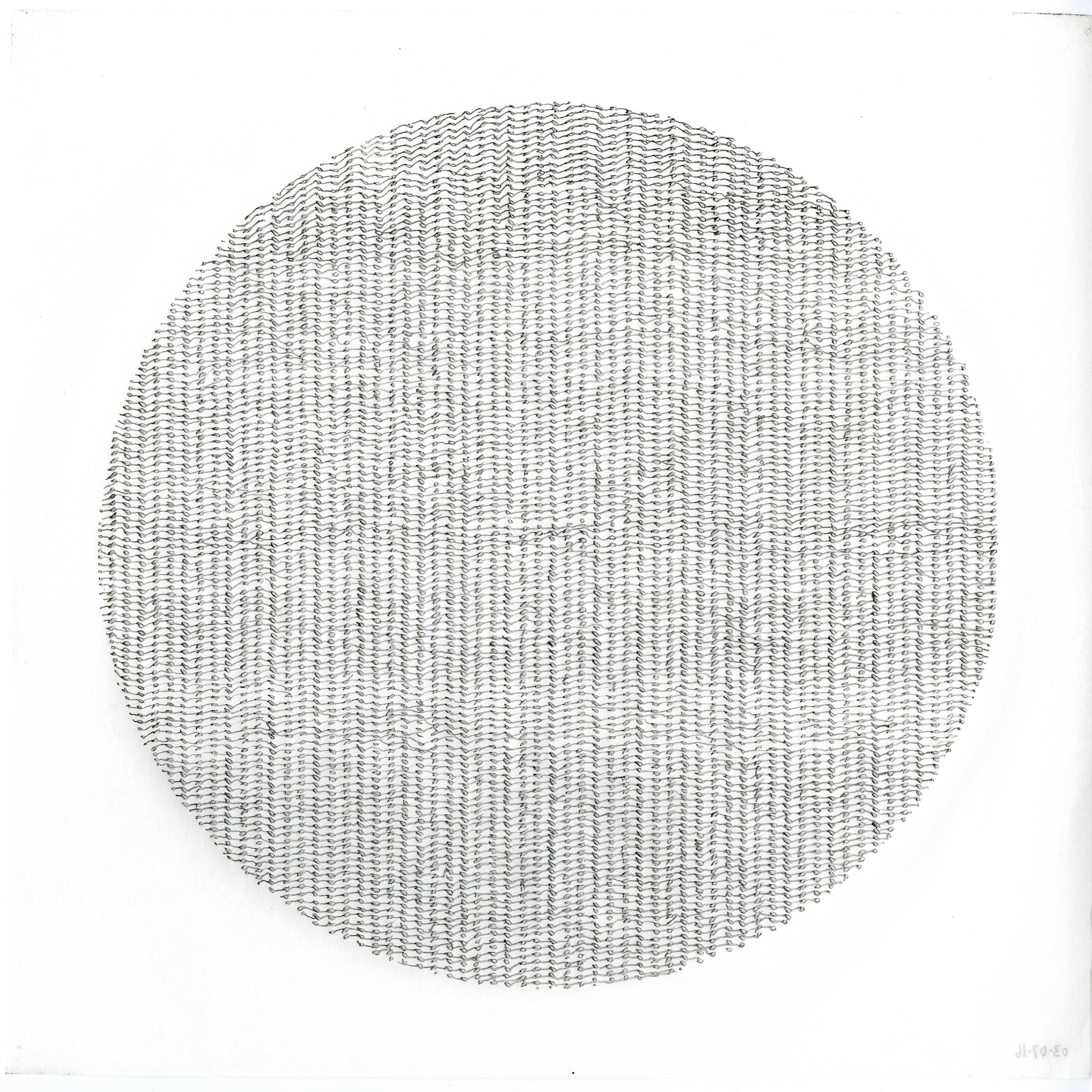Author Archives: Philippa Lyon
Research News article
Article, University of Brighton College of Arts and Humanities Research News, March 2016
Image research summer 2016
Patricia Cain, Drawing: The Enactive Evolution of the Practitioner
Fine Art Research Network symposium July 2016; Research Practice Practice Research
The Debate on Research in the Arts, Henk Borgdorff
In the Space of Art, Mary Jane Jacob
Philippa journal entry, process and form, April 2016
Reflecting on our thinking so far, and on how we should record, develop and share this thinking as a team as we get deeper into our project, I have been thinking about form and format. Having pitched the Society of Artistic Research online ‘Research Catalogue’ system to Duncan and Jane as a digital platform for us to use, I found myself reaching for a sketchbook and coloured felt-tip pens as a way of pooling scraps of ideas, references, comments and diagrams of thinking. I am used to some fairly bureaucratic procedures – reports and forms, established methodologies for gathering and analysing data, set formats for journal articles – to contained and regulated forms. I have also always created diagrams and charts and visual and material systems to support these processes. The TtWL project, though, is a very different type of research again to the literary or ethnomethodological approaches I’ve tended to use before. Working into a sketchbook and physically enacting processes of collage and colour choice seems to support the transition into a different mode – but we need to find a digital method of sharing and recording our ideas too.
Duncan’s thoughts to Jane and Philippa, 16th March
Email from Duncan, 16th March
Duncan picked up on the point that had also been made by Borgdorff of ‘writing as practice’. He noted that there were a number of practices that appeared to have relationships with each other, as well as with research:
Writing as practice
Walking as practice (Jane)
Duncan described how he had been pondering practice, particularly in terms of the links between art practice and meditation practice. He had created a mind-map of this that he has used in talks, and sent this to Jane and I together with an essay by Mary Jane Jacobs, In the Space of Art.
Philippa journal entry
Jane, research conversation, 16th March 2016
Grand Parade café
There is a strong relationship between the wind drawings that, with Duncan’s sun drawings, sparked the first coming together of the three of us as a research team, and the Mourning Stone project that Jane has been developing. The two practices are very close and sometimes hard to disentangle. Perhaps it is important or necessary that they are not disentangled. It may be rather that we need to think about how the Mourning Stone project feeds this project, and how we account for that.
We talked about the framing of practices and how important it was to note and understand framing concepts and processes. We were looking at the proof copy of the article we had contributed to Research News, and Jane remarked on how interested she had been in the photographs Duncan had included of his frottage drawing process in the Old Market. In this, Duncan had placed a formal (card?) frame on the wall to create a section to work within.
We talked about how, in Jane’s phrase, materials connect you to things and have qualities that enable collaboration: charcoal, ash, salt and soot have the quality of mobility…




